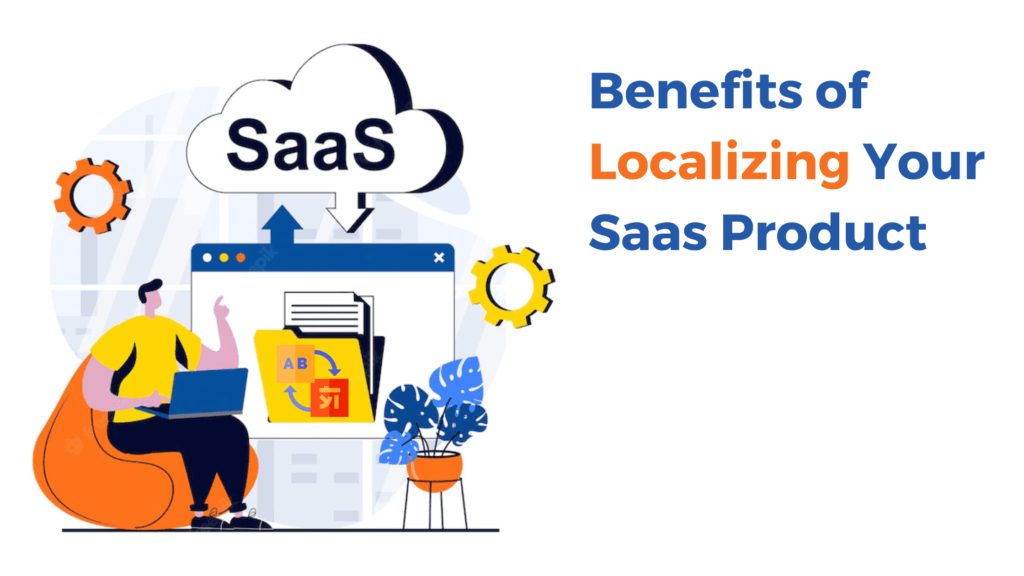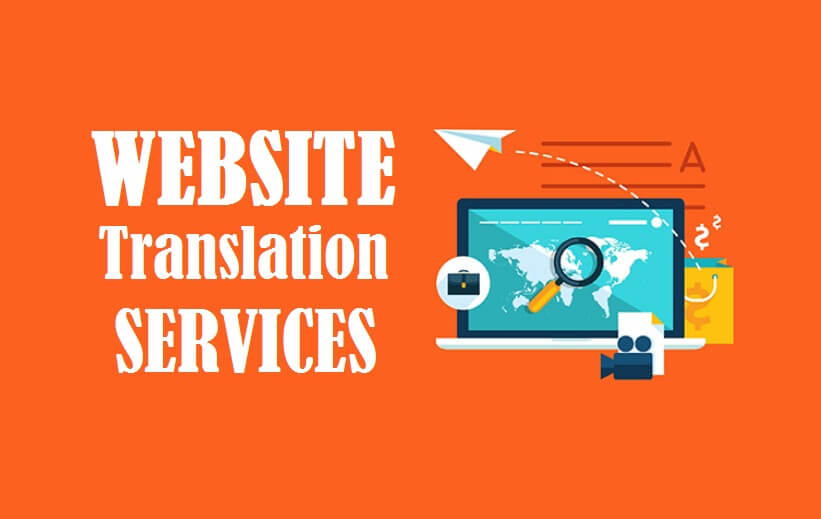A number of areas of our daily lives, including the way we work, have changed significantly as a result of the pandemic’s extended impact. The demand for SaaS providers’ services significantly increased during this time. Additionally, studies have demonstrated that for a variety of pragmatic and psychological factors, consumers are more receptive to learning about and experimenting with new products in their home language setting. SaaS localization can play a part in this, as well. But wait, what? Do we even know the Saas model completely, if not, Let’s get into the deep of the SaaS model and what is SaaS localization?
What is SaaS and SaaS Localization?
Software is accessed online using a web browser instead of being installed on local computers under the Software as a Service (SaaS) cloud-based software licensing model. The quicker access, proven compatibility, and reduced upfront costs of this model—especially when compared to conventional, locally installed software—are clearly clear benefits. SaaS is very dependable and easily scalable from a development perspective. On the user’s end, it lessens the need for local updates, which results in fewer problems and errors as well as a simpler and more consistent experience because the service provider is now in charge of maintaining functionality. SaaS services can be simply provided all over the world due to their nature. Additionally, a wider range of companies might enter the market and gain a share. As was already noted, a first and vital stage for businesses is to localize their presence in order to more effectively reach their target audiences given that customers worldwide function much better with localized products and services.
Now, we are done with the Saas model and Saas localization, there are a lot of advantages to SaaS localization for companies looking to grow internationally, hence, Now let us take you towards the benefits of SaaS localization:
1. Eliminate language and culture barriers
International consumers of your SaaS may encounter difficulties due to linguistic and cultural issues. Localization enables you to interact with and remain close to your consumers more successfully. Customers may experience your product more seamlessly regardless of the language they speak by translating and localizing it. In addition to translating the material, localization also involves adapting it so that local audiences may more easily benefit from the features of the product.
2. Enhance the experience for customers
When done correctly, localization is a great approach to win over local consumers’ trust and boost adoption in regional marketplaces. Customers feel confident using your product and are in good hands when you offer tools and support in local languages from the beginning. They then promote your product, which raises brand awareness and further solidifies your reputation in the neighborhood.
3. Improve your brand and competitive edge
Localization ensures the dependability and credibility of your product. Making your SaaS product multilingual lets users and prospective business partners know that you value your consumers and provide a more individualized experience. Companies that localize their products for regional tongues can benefit from a competitive edge because they can interact with locals more successfully and get around any cultural obstacles that prevent people from using their products.
4. Save money (and boost your revenue)
Your SaaS product’s localization can enormously increase your revenue. Higher profit margins are possible when you expand into additional markets. But only if you stick to optimal SaaS localization standards can you take use of all of these benefits. If you don’t use the right localization processes, you could end up spending a lot of money having to redo translations or product designs. Therefore, you can save costs and boost profits by choosing a SaaS localization service.
5. Lower barriers to entry
Many businesses or consumers are looking for an app that is close to them and speaks their native tongue. These conditions are particularly critical in the corporate context because any issues will be resolved much more quickly. You must be cautious when entering any country since issues could arise due to various monopolies, delivery methods, competencies, or unidentified products.
6. Eliminating competition
SaaS localization enables a more direct approach of your prospects in a significantly shorter amount of time, which can be vital for the decision-making process given the propensity for people to seek, think, and decide in their native language. Additionally, it makes you stand out from the crowd. Since a sizable portion of the worldwide population is made up of English speakers, many businesses tend to believe that their English-based products are suitable for a sizable portion of the population. However, when compared to the total number of Internet users worldwide, this percentage is actually quite modest. Therefore, there is still room for growth in the face of competition.
7. Generating respect
Consumers develop a sense of appreciation and respect for you when you decide to introduce your product into a nation and they observe your efforts to fit in with its culture, religion, and conventions. Since it is well recognized that many cultural traditions have a significant impact on daily life, earning the respect of both consumers and businesses is a terrific way to start selling your goods.
After reading about the benefits of SaaS localization you can have an idea of how much localization is important for your business if you want to go globally. The language of development for many SaaS products is English. The reasoning behind this is that since English is the language that the user base understands the most, they won’t have any issues when utilizing the software.
However, this way of thinking ignores the following realities:
– Many users don’t speak English;
– Users who do speak English as a second language will find your SaaS more convenient to use in their native language.
Additionally, bear in mind that localizing your SaaS entails more than only updating the application’s language preferences. Contrarily, it goes much deeper and covers everything connected to regionally adapting the SaaS product, from the language to the price, the currencies utilized, user service, the unique language used, and more.
Conclusion
In conclusion, SaaS localization is advantageous for firms looking to expand internationally and, at the same time, is practically required. Customers are prevented from developing a deep connection with a brand because the majority (about 90%) of content produced by enterprises is still only available in one or two languages. Localization, on the other hand, is a difficult process that can be made simpler with the appropriate software localization services provider by your side. If you want to expand your business worldwide, it necessitates commitment, patience, and meticulous labor, but it is a one-way street. Localizing your SaaS software can significantly expand the market for your offering.
For the specific requirements of your product, VerboLabs creates tailored SaaS localization solutions that offer cutting-edge, reasonably priced software and app localization expertise to enable your technology to be used globally. Their technical localization and translation capabilities give your company the ability to promote internationally and support both domestic and international marketing initiatives. If you want to expand globally and take your product to the next level then, you need to learn the importance of SaaS localization in your business.



